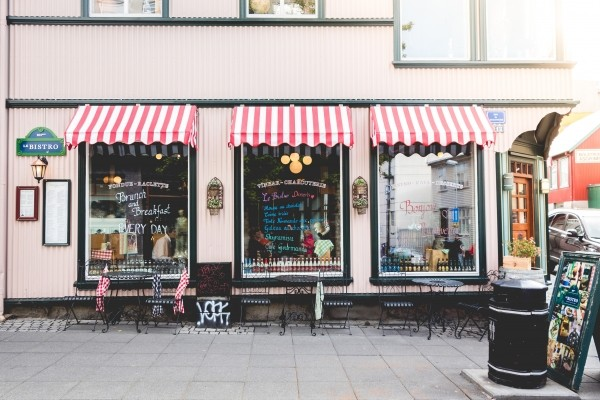Technology in the retail space

I recently read an article discussing how technology is being used to help businesses in the retail space deliver a more localised service, emulating the level of service usually only offered by small local businesses. The article (which can be seen on the Retail Dive website used the term “hyper-localization” (sic) to refer to this localised focus, comparing it to the personalised service often received in the old open all hours style general stores.
It’s nice to be remembered by the staff, to have our preferences taken care of and to feel important. That’s a feeling we rarely get when entering a chain, especially not a large superstore. You can understand why large chains would want to pursue anything that helped them to offer that to customers.
Whilst it was interesting to read the ways that technology can be used to make the service more personal at larger chains, what I found most interesting was only really briefly touched on in that particular article; and that is the fact that the same data analytics, software and hardware can also be used to help the same smaller local business that the larger chains are increasingly having to compete with.
Data analytics, for instance, allow us now to understand more deeply what has happened in the past, see what is happening right now and predict what might happen in the future. The more data you can collect, the better you can perform these steps. You might want to see how often customers return, how much they spend on average, see which customers would respond best to promotions and offers, which promotion will perform the best in terms of take up, long term impact and profit to your company - all these are possible with good data analytics.
What’s more, you might want to improve the implementation of that tracking. Instead of loyalty cards, which customers can forget, you might want to use their phone as the linchpin of the whole operation. There is huge progress being made in the technology around Bluetooth beacons. Imagine your customer walks into your shop and they are greeted with a personalised message:
“Welcome back Sandra, did you know that [Product A] is on offer today?”
You might even let your customer scan and pay for their own shopping with their mobiles, leaving the shop staff to support and advise the customer. Of course that would depend on the nature of the business and your customer base - not everyone is going to be comfortable with that interaction, some people may even feel it is intrusive.
There’s a great video introducing beacons that was produced by CNET back in 2014, which covers a variety of use cases including proximity (when someone is near the shop, you draw them in), check-in (acknowledging that they have entered the shop), product information and check-out (as in paying for the goods). Even though the video is nearly 2 years old they talk about wide adoption possibly not coming until 2018; in terms of the current state of the technology they’re probably not far wrong in that prediction, but that doesn’t mean this isn’t a good time to start investigating, planning and determining your strategy for the next couple of years.
Technology could also be used to aid up-selling and cross-selling, and not just with mobile phones and Bluetooth beacons. If you can see from historical data that people who buy Product A sometimes buy Product B, so you can place them nearby and maybe put an offer on to try and sell more of both. Someone who regularly buys Product A might be promoted to directly to consider Product B.
Now it should be said that a lot of the same goals can already achieved without technology because of the personal involvement of the business owner in a small local business, but technology may be able to help you accentuate the positives. For instance, if you have multiple shop-fronts you may find that technology allows you to have a more consistent approach across both, whilst maintaining that each has it’s own locality and differences because of that; or technology might help you spend less time reordering stock, helping you predict when a new order will be required.
Think of a tedious, repetitive task and there’s a good chance that technology may be able to help you solve it or at least improve it. The biggest barrier to entry, of course, is cost; but if you already have a website, an advanced till and/or a point of sale (POS) computer and a mobile phone, you may already have a lot of the technology you’ll need.
My general aim is to try and increase productivity and profitability without significantly increasing ongoing cost; it’s all about getting the most from the technology you already have - take a look at some of my other articles such as Choosing the right technology.
If you’re a small local business and would like to discuss more how technology might be able to help you more than it does now, I’d love to discuss and strategize with you. If necessary I can then also work with you to develop and implement additions and changes to your current setup. Please contact us to hear more.
Photo via VisualHunt